The Best Baby Carriers: 6 Selection Advice
Still, having trouble holding a baby without baby carriers during the period of time? You’ll discover that holding a baby is not an easy task after you have one. The tiny infant will sleep in your arms and cry if you put it down, but if you hold it for ten minutes, your back will hurt and you won’t have your hands free for other tasks.
We currently require a baby carrier to free up our hands! With it, you can finally carry the baby while working, cleaning the home, taking the baby for walks in the rain while holding an umbrella, and other tasks. This is more practical than using a stroller. But given the huge range of baby carriers available and their varying prices, how can you ultimately decide which is best? In actuality, reasonable use is more crucial regardless of whatever option is selected.
To find the ideal baby carrier for you and your child, read this article.
Stroller VS Baby Carriers
The most popular, useful, and frequently used infant travel accessories are baby strollers and baby carriers. Baby strollers are the most comfortable option for baby outings, especially for families traveling away from home. However, its disadvantages include being pricey and challenging to store. This is where using a baby carrier will allow us to free up our hands. With a baby carrier, you can always and anywhere carry your child on your back, making it much easier for parents to get things done or go out.
Second, baby carriers are preferable to baby strollers, according to the “Sears intimate parenting” idea. According to the belief, it’s crucial for parents and infants to develop a strong bond from an early age. Intimate parent-child touch is emphasized with baby carriers. Infant carriers are perfect for the growth of a father-child relationship since they give the baby a sense of security, enhance the bond between dad and kid, and include the parent more fully in the process.
Observations on using baby carriers
- Pay attention to the 2-hour limit for continuous usage of baby carriers, especially in the summer! A prolonged period of time could cause your infant to experience skin issues like heat rash.
- Don’t try to calm your infant using the baby carrier. When your baby is crying, placing him or her in the carrier may make him or her feel more uneasy and make the weeping worse.
- Check the carrier frequently to look for gaps or cracks. Before using, make sure that all of the buckles are fastened, and place the straps so that they are comfortable.
- When using the baby carrier, pay close attention to your infant’s safety to prevent mishaps like bumps, sprains, or slips.
How should a baby carrier be chosen?
Six tips for selecting a baby carrier:
1. Safety: pick baby carriers that can keep the infant warm, block the wind, and provide adequate head protection.
2. Material: Choose breathable, soft, easy-to-clean material if the carrier material is robust and difficult to wear.
3. Craftsmanship: The carrier’s stress areas and seams should be well-made, and the shoulder straps should be soft enough to allow for simple use. Wide shoulder strap designs are recommended.
4. Accessories: Shoulder straps that can be easily removed for cleaning and disinfecting; force points with cushions; and whether the carrier’s buckle is firm enough.
5. The mother’s activities shouldn’t be restricted by the carrier. The purpose of the shoulder straps is to aid the mother in holding the child, not to restrain it. To avoid interfering with the baby’s activities, attempt to determine whether his limbs can move freely.
6. Pay attention to the carrier’s size to ensure that it fits properly and is pleasant to use. Before using the product, carefully read the directions to learn how to use it.
 Introduction of 3 popular baby carriers
Introduction of 3 popular baby carriers
Baby carriers are available in a huge range, just like children’s apparel. You must be aware of the necessary information in order to buy children’s clothing in quantity. Three common baby carrier types are described below: double-shoulder baby carriers, baby carriers for the waist, and baby wrap carriers.
Double-shoulder baby carrier
Pros: Portability and labor savings. Some of the fashions have a wide range of age and usage applications.
Cons: Most of them are pricey.
The recommended double shoulder baby carrier for babies over four months old must be the most average, complete, and have no visible flaws. It need not be the ideal experience from all perspectives. The majority of baby carriers offer a number of holding positions, including backward, to the parents, forward, etc.
The baby’s hip joint development could be endangered by the seat’s unreasonable design, though. Parents should focus on choosing a broader seat when making their purchases. Babies should sit with their legs spread in an “M” shape with their knees not dangling below their buttocks.
Baby hip carrier for waist
Pros: Wide seat provides for more comfortable baby sitting.
Cons: Not as good for storage as a carrier, not favorable to C-section mothers, and easier to strain the back.
For babies over six months old who can already sit up straight, the baby carrier for the waist is advised. It looks similar to the baby carrier. Do not advise using a baby waist stool without straps since a baby’s spine needs support when it is supported when sitting, which is bad for spinal growth as well as making the infant uncomfortable.
Although parents can support their child’s back with their hands, doing so won’t free up their hands, and one-handed local support is not as even as support from the entire piece of the back belt. Therefore, it is advised to choose a design with straps when making a purchase because it makes parenting easier and the infant more comfortable.
Baby wrap carrier
Benefits include good wrapping, the capacity to calm the baby, and the ability to induce sleep with ease.
Pros: The quality of this type of product varies, there are significant skill requirements, and it is not ideal for beginners. The infant is not excellent after the older, and there are time usage restrictions. Suitable for small month-old babies.
Cons: This style of back towel wrapping is too effective; but, when employing one, be sure to pay close attention to see if the fabric covers the baby’s mouth and nose, which would restrict airflow. Parents must delicately hold the baby’s head because this back towel’s support for it is insufficient.
Looking for more? Come to buy baby clothes in bulk at AkidStar


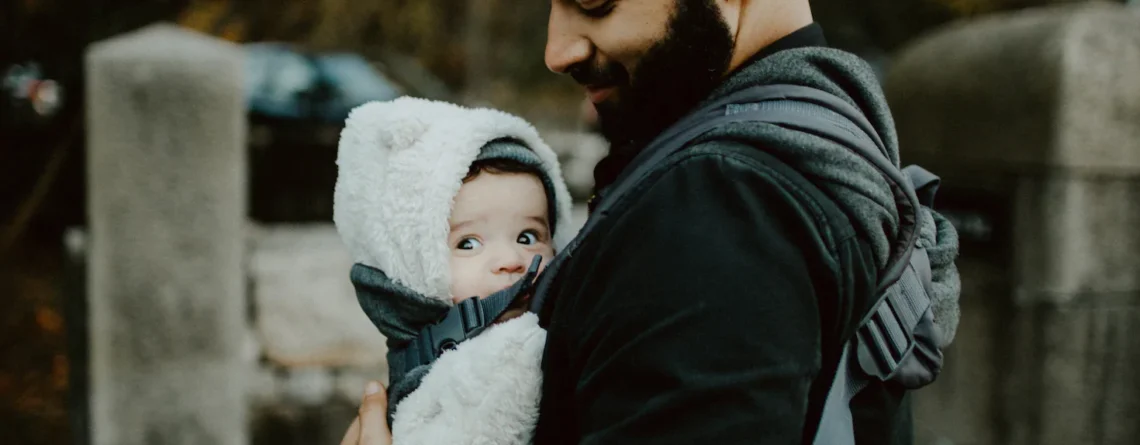
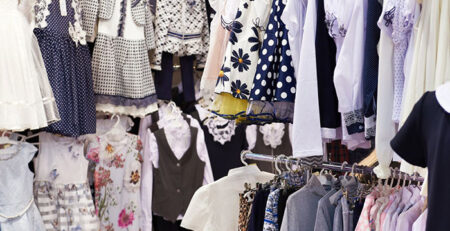

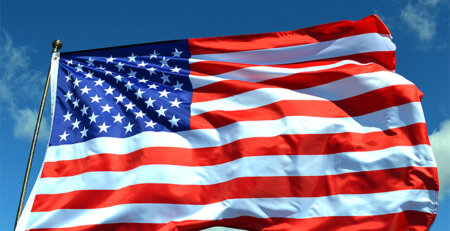
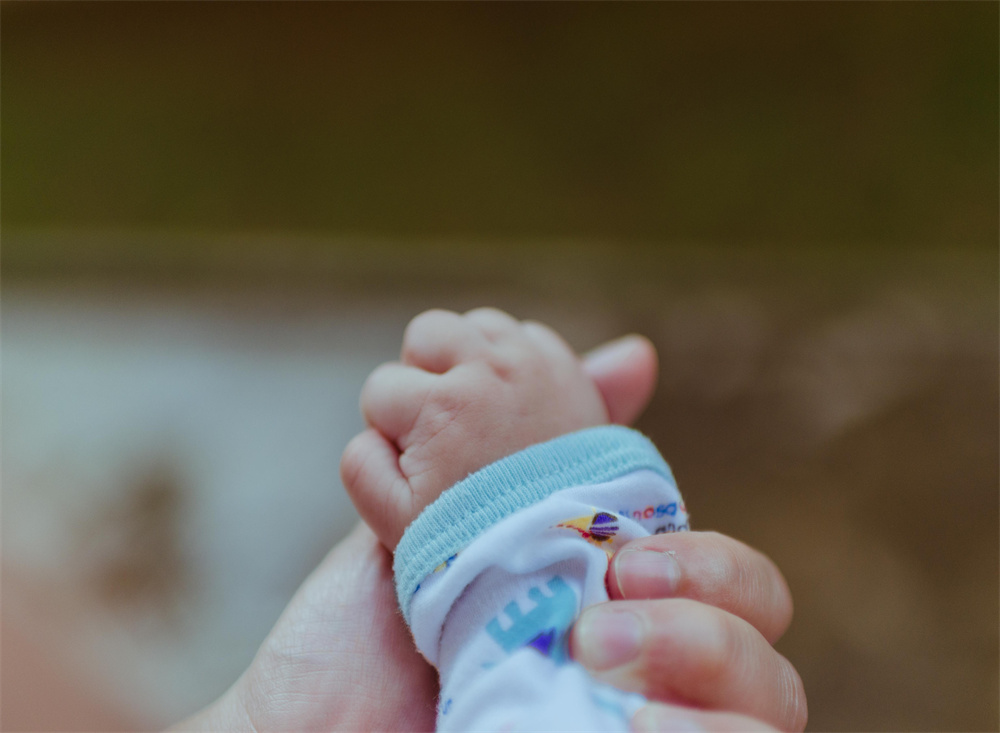
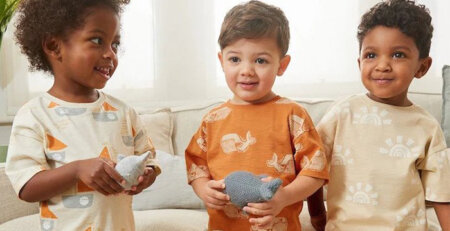


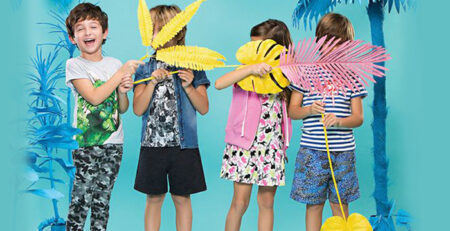


LEAVE A COMMENT